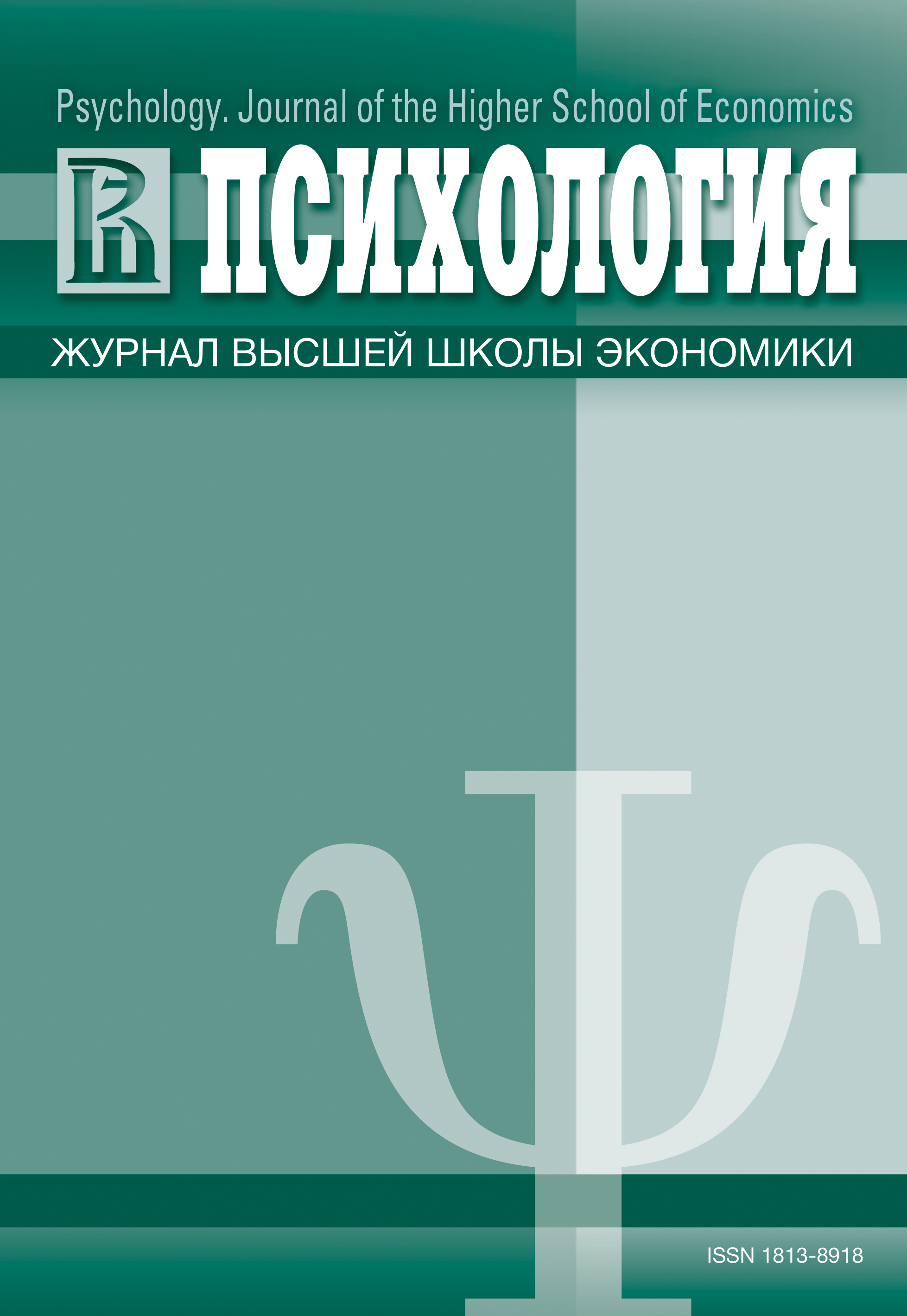Age-Related Changes of Higher Mental Functions in 7-9-Years Old Children with Different Types of State Regulation Deficits
Keywords:
state regulation deficits, activation/arousal, hyperactivity, slow processing speed, learning disabilities, ADHD
Abstract
The topic of this paper is an analysis of the developmental changes in cognitive functions in children with poor state regulation (function of the first – energetic unit of the brain, according to A.R. Luria). The article is based on clinical and experimental psychological research. The neuropsychological battery of tests for 5-9 years old children is used (Akhutina, Polonskaya et al., 2008) as well as 2 computer-based tests: the modified variant of the test “Dots” (Davidson et al., 2006; Diamond et al., 2007) and a computer-based version of tests for performance efficiency measurement – Schulte-Gorbov tables (Gorbov, 1971). 173 primary school children from the 1st and the 3rd grades participated in the study. The results displayedthe presence of two variants of state regulation deficits: children with slow processing speed and mental fatigue, and children with hyperactivity and impulsivity. On the whole, the children with a deficit in the first functional unit are characterized by difficulties when performing energy demanding tasks, the faster onset of exhaustion, a low (in the group with slower processing speed) or fluctuating (in the group with hyperactivity) speed of performance, a dependence on motivation and emotional state, a deficit in executive functions and the capacity to process kinesthetic information. The majority of children in both groups had learning disabilities. The analysis of the specific characteristics of variants shows that children with slow processing speed in the 1st and the 3rd grades perform the tasks the slower and the worse, the more energy-demanding the task is. In this group the increase in symptoms of deficits in executive functions may be linked to the intensification of anxiety. In hyperactive children with a discrete executive functions deficit, the capacity to perform tasks produces an inverted U curve on the graph, according to the tasks’ level of complexity. They perform the simplest tasks less capably than normal children because of poor motivation, and decrease the results in the most complex tasks because of high energy demands of such tasks.Downloads
Download data is not yet available.
Published
2015-10-02
How to Cite
Ахутина Т. В., КорнеевА. А., Матвеева Е. Ю., & Агрис А. Р. (2015). Age-Related Changes of Higher Mental Functions in 7-9-Years Old Children with Different Types of State Regulation Deficits. Psychology. Journal of the Higher School of Economics, 12(3), 131-152. https://doi.org/10.17323/1813-8918-2015-3-131-152
Issue
Section
Articles section





